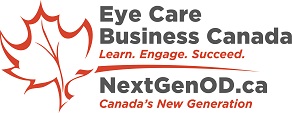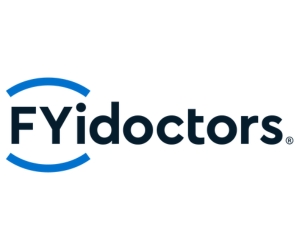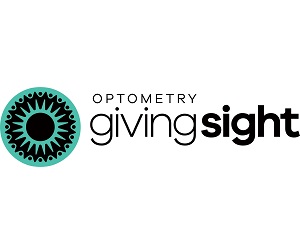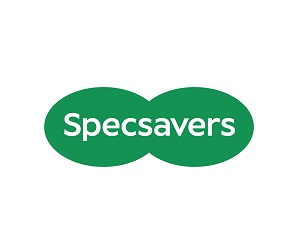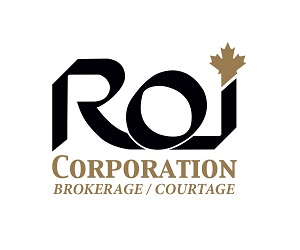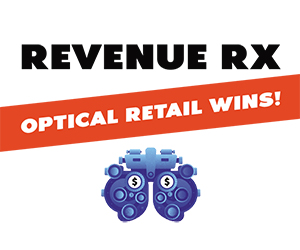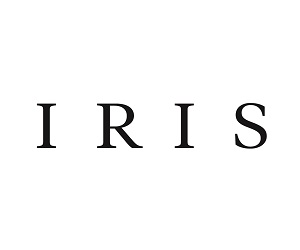
Buying your first home is a significant milestone, but it can also be a daunting financial challenge. With rising real estate prices and additional costs like closing fees and taxes, saving for your first home requires careful planning and strategic use of available resources. Here are some key tips and strategies to help you navigate this journey.
- Start with the End Game in Mind
One of the best approaches is to work backwards. Review the housing costs in your target location. Use your list of must haves and nice to haves to shop the real estate listings.
Once you’ve narrowed things down, take an average listing price of some of your preferred options. Also check out the related property tax for step 4.
- Understand Down Payment Requirements
In Canada, the minimum down payment depends on the home’s purchase price ranging from a low of 5% for homes priced $500,000 or less, up to 20% for homes priced $1,000,000 or more.
Downpayments less than 20% will require you to purchase mortgage default insurance. The one time cost is calculated as a percentage of your loan to value ratio and ranges from 2.8% to 4.0%. This percentage is added onto the total amount borrowed and paid off over the life of the mortgage, so it is also subject to ongoing interest charges.
- Calculate Your Future Mortgage Payment
Use your target values from steps 1 & 2 above and plug in your values into an online mortgage calculator The Mortgage Calculator | C3 Wealth Advisors Inc.. Select a fixed mortgage payment about 0.5% above your bank’s prime lending rate.
- Start with a Solid Budget
Creating a budget is the foundation of your financial plan. Begin by evaluating your income, regular expenses, and how much you can reasonably save each month.
When working with the end goal in mind, take your monthly mortgage payment from step 3 and subtract out your current rent cost, add in a monthly proportion of your property tax and aim to start saving at least this much each month.
Remember, once you’re in your new home, you may have additional one time expenses for furniture, renovations and landscaping. It’s highly likely that your utilities will also be higher and there will be ongoing maintenance.
Tax Advantaged First Home Savings Accounts
- First Home Savings Account (FHSA): Introduced in 2023, the FHSA allows you to contribute up to $8,000 annually, with a lifetime maximum of $40,000. Contributions are tax-deductible and withdrawals for eligible home purchases are tax-free.
- Registered Retirement Savings Plan (RRSP) Home Buyers’ Plan (HBP): Like the FHSA, contributions to your RRSP are tax deductible. The HBP federal program allows you to withdraw up to $60,000 from your RRSP to use as a down payment on your first home, while maintaining it’s tax deferred status until your scheduled repayments come due.
- Tax-Free Savings Account (TFSA): While not home-specific, the TFSA is a flexible option for saving and investing your down payment. Contributions are not tax-deductible, but withdrawals are tax-free. Contribution room is granted for each year since you turned 18.
Registered plans typically have several rules, so be sure to consult with your financial advisor to ensure that you qualify and understand the withdrawal restrictions.
Conclusion
Saving for your first home requires a combination of smart financial planning and strategic use of registered accounts. By following these tips and strategies, you can make the dream of homeownership a reality. Remember, consistency and patience are key—every dollar saved brings you one step closer to your goal.
Interested in personalized guidance to balance all your financial needs and wants? Reach out to Roxanne via email at roxanne@c3wealthadvisors.ca or call 780-261-3098 to book a conversation.
Roxanne Arnal is a Certified Financial Planner®, former Optometrist, Professional Corporation President, and practice owner. She is dedicated to empowering individuals and their wealth by helping them make smart financial decisions that bring more joy to their lives.
This article is for information purposes only and is not a replacement for personalized financial planning. Errors and Omissions exempt.
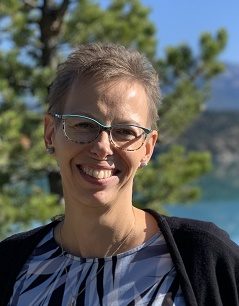
ROXANNE ARNAL,
Optometrist and Certified Financial Planner
Roxanne Arnal graduated from UW School of Optometry in 1995 and is a past-president of the Alberta Association of Optometrists (AAO) and the Canadian Association of Optometry Students (CAOS). She subsequently built a thriving optometric practice in rural Alberta.
Roxanne took the decision in 2012 to leave optometry and become a financial planning professional. She now focuses on providing services to Optometrists with a plan to parlay her unique expertise to help optometric practices and their families across the country meet their goals through astute financial planning and decision making.
